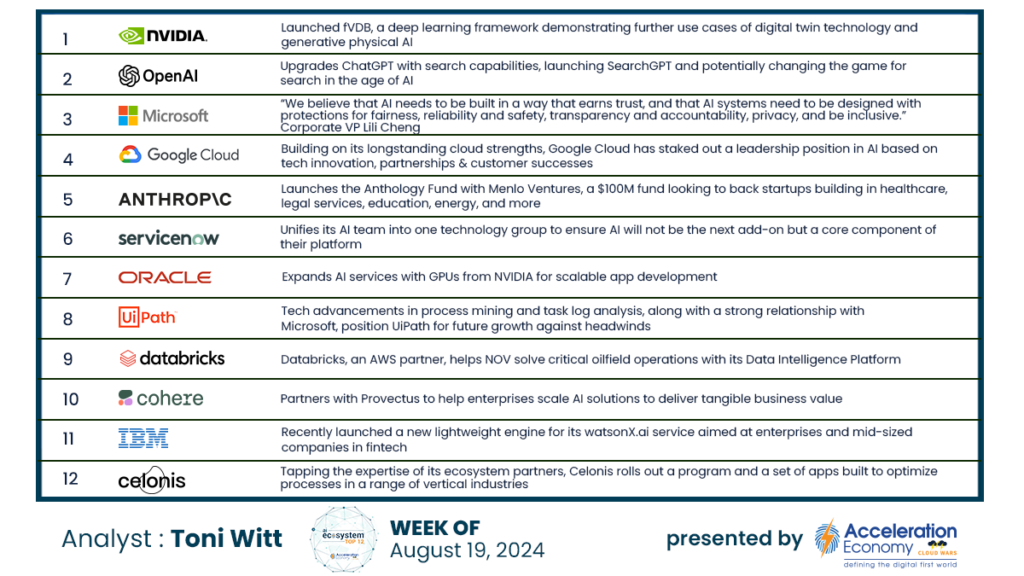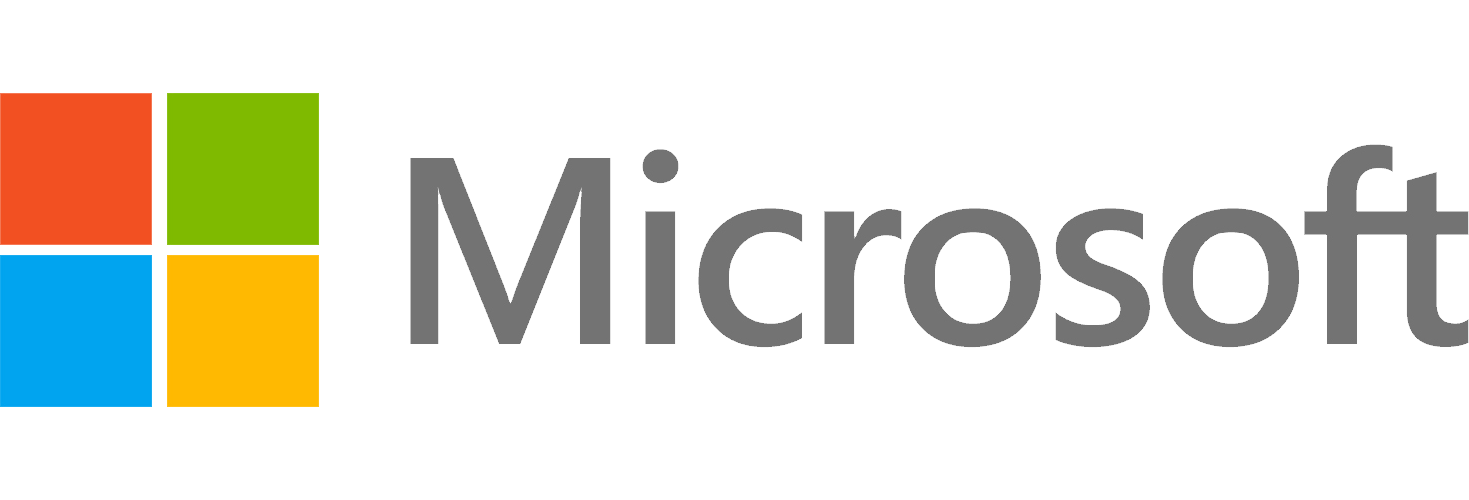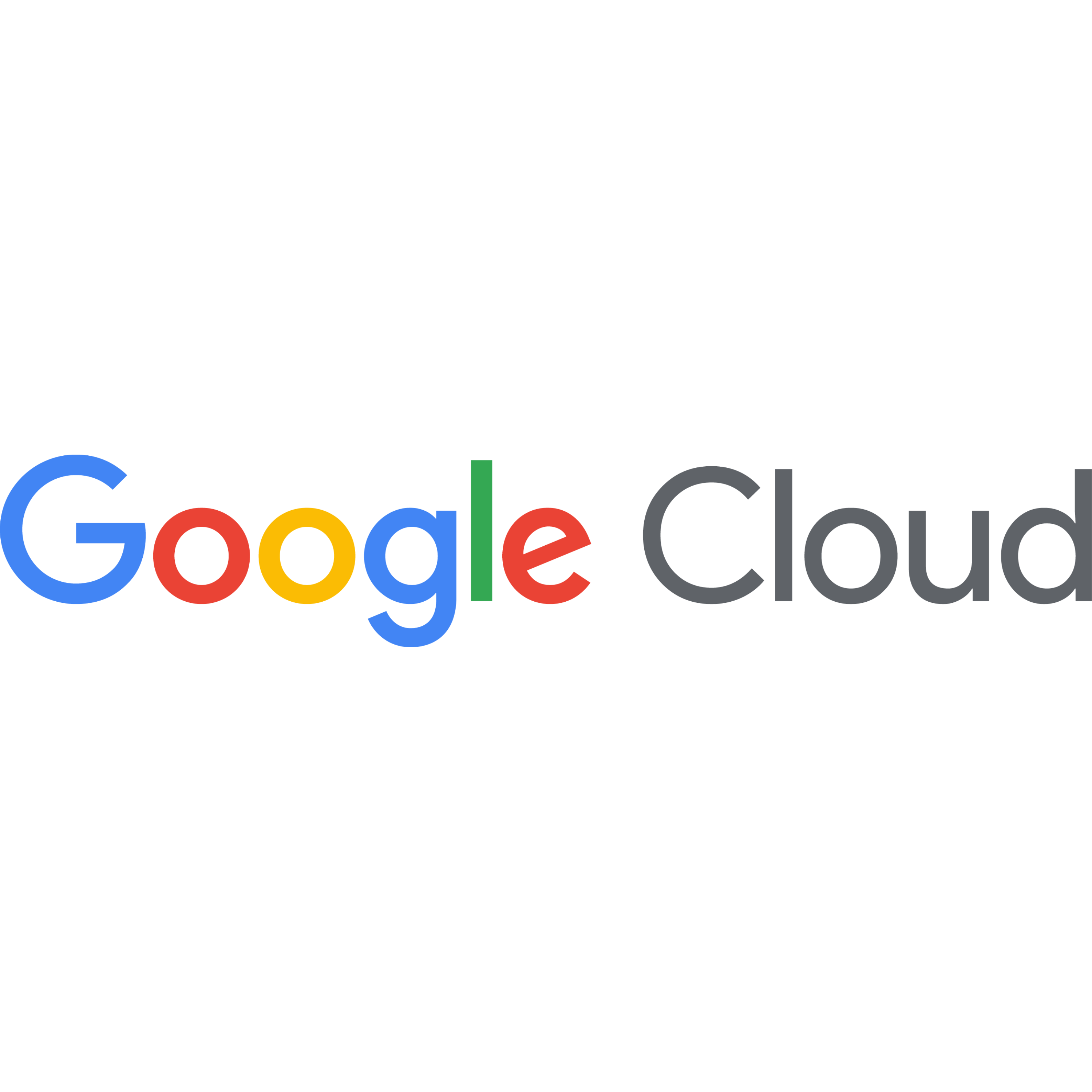
While the AI Revolution holds enormous promise for businesses in every industry, the primary cloud-and-AI arms merchants — Microsoft, Google, Amazon, and Oracle — are incurring staggering ramp-up costs that are likely to reach $200 billion for the next 12 months.
I realize this subject has been under some discussion by financial analysts recently, and I have no intention to try to replow any of that ground and its focus on earnings per share and margins. Instead, what I find intriguing is the big new challenge created by that whopping level of investment from those four hyperscalers, who cannot afford to simply pass all those costs along to their customers.
Because that would surely stop the fledgling AI Revolution in its tracks.
Instead, Microsoft, Google, Amazon, and Oracle will need to continue unleashing breakthrough innovations in cloud and AI infrastructure, engineering, and operations that will boost efficiencies and drive down the processing cost of AI training and inferencing.
To make that challenge even more complex, the external factors of inflation, concerns about a slowing economy, and the uncertainties sparked by the forthcoming presidential election have combined to convince some business leaders that now is the time to pull back on IT investments.
The prime examples of this were Salesforce and Workday, both of which said in fiscal-Q1 earnings calls a few months ago that customers have delayed decisions on planned purchases, and were in some cases reducing the size of the transactions or canceling them altogether.
That’s hardly the type of atmosphere in which the Cloud Wars Top 10 companies can tell customers, “Hey, it turns out this AI stuff is way more expensive than we thought it would be, so we’re about to start raising our prices rather dramatically.”

The $225 Billion Outlook
If we look at what the four hyperscalers spent on capex in their most recent quarters, and consider their comments on what they expect to continue spending on capex in the near future, we get a picture of calendar-Q2 capex spending that looks like this:
- Microsoft: $19 billion
- Amazon: $17 billion
- Google: $13 billion
- Oracle: $7 billion
- Q2 Total: $56 billion
And every single one of those companies said it expects to continue making capex investments at or above those levels for the foreseeable future.
In their recent earnings calls, Oracle chairman Larry Ellison and Microsoft CEO Satya Nadella described in fairly rich detail why powerhouses fueling the AI Revolution are turning out to be so expensive.
“This AI race is going to go on for a long time,” Ellison said on Oracle’s fiscal-Q4 earnings call in June.
“It’s not a matter of just simply getting ahead in AI, but you also have to keep your model current, and that’s going to take larger and larger data centers, and some of the data centers we have and that we’re planning are actually even bigger.
“Some are getting very close to — dare I say it — a gigawatt, which is a pretty good-sized city or one enormous AI/cloud training data center,” Ellison said.
“The data centers we’re building include the power plants and the transmission of the power directly into the data center. These modern data centers are moving from air-cooled to liquid-cooled and you have to engineer them from scratch, and that’s what we’ve been doing for some time and that’s what we’ll continue to do.
“And currently, we’re leading the pack in being able to deliver that quality and that scale of datacenter.”
On Microsoft’s fiscal-Q4 earnings call in late July, both Nadella and CFO Amy Hood offered more details and context around their CapEx spending than they’re done before because it has become an even more-strategic element of the company’s business.
Hood said on the call, “Capital expenditures including finance leases were $19 billion, in line with expectations, and cash paid for PP&E was $13.9 billion. Cloud and AI-related spend represents nearly all of total capital expenditures” of $19 billion.
“Within that,” Hood continued, “roughly half is for infrastructure needs where we continue to build and lease data centers that will support monetization over the next 15 years and beyond. The remaining cloud and AI-related spend is primarily for servers, both CPUs and GPUs, to serve customers based on demand signals. For the full fiscal year, the mix of our cloud and AI-related spend was similar to Q4.”
Microsoft CEO Nadella then described how the company aligns those massive investments with (a) expectation of future needs and (b) more-precise “demand signals.”
“I think I would say we primarily start right now from the demand side. What I mean by that is, ‘What’s the product shape of the product portfolio?’ What we learned even from the cloud transition — which was similar in the sense it was both a knowledge-intensive and a capital-intensive transition — is that we needed to have the product portfolio where there was the right mix, I’ll call it, of infrastructure meters, as well as SaaS applications,” Nadella said.
“That’s the first thing that we’re looking at, and how is that value landing with customers and what’s the growth rate. Then I think about what’s happening with M365 Copilot as perhaps the best Office 365 or M365 suite we have had, the fact that we are getting recurring customers or customers coming back and buying more seats, or GitHub Copilot now being bigger than even GitHub when we bought it, what’s happening in the contact center with Dynamics 365,” Nadella explained.
“But I would say that obviously the Azure AI growth is the first place we look at. And that then drives bulk of the capex spend.”
Final Thought
Well, you don’t get to play in — let alone lead — the greatest growth market the world has ever known with pocket change. And what I find particularly compelling about this is how the cloud’s latest progeny — the AI Revolution — is spurring these four extraordinary hyperscalers to bend the arcs of investment, innovation, efficiency breakthroughs, and business acceleration in ways the business world has never before seen.
Think about that for a second. Is this a great industry or what?
Ask Cloud Wars AI Agent about this analysis













